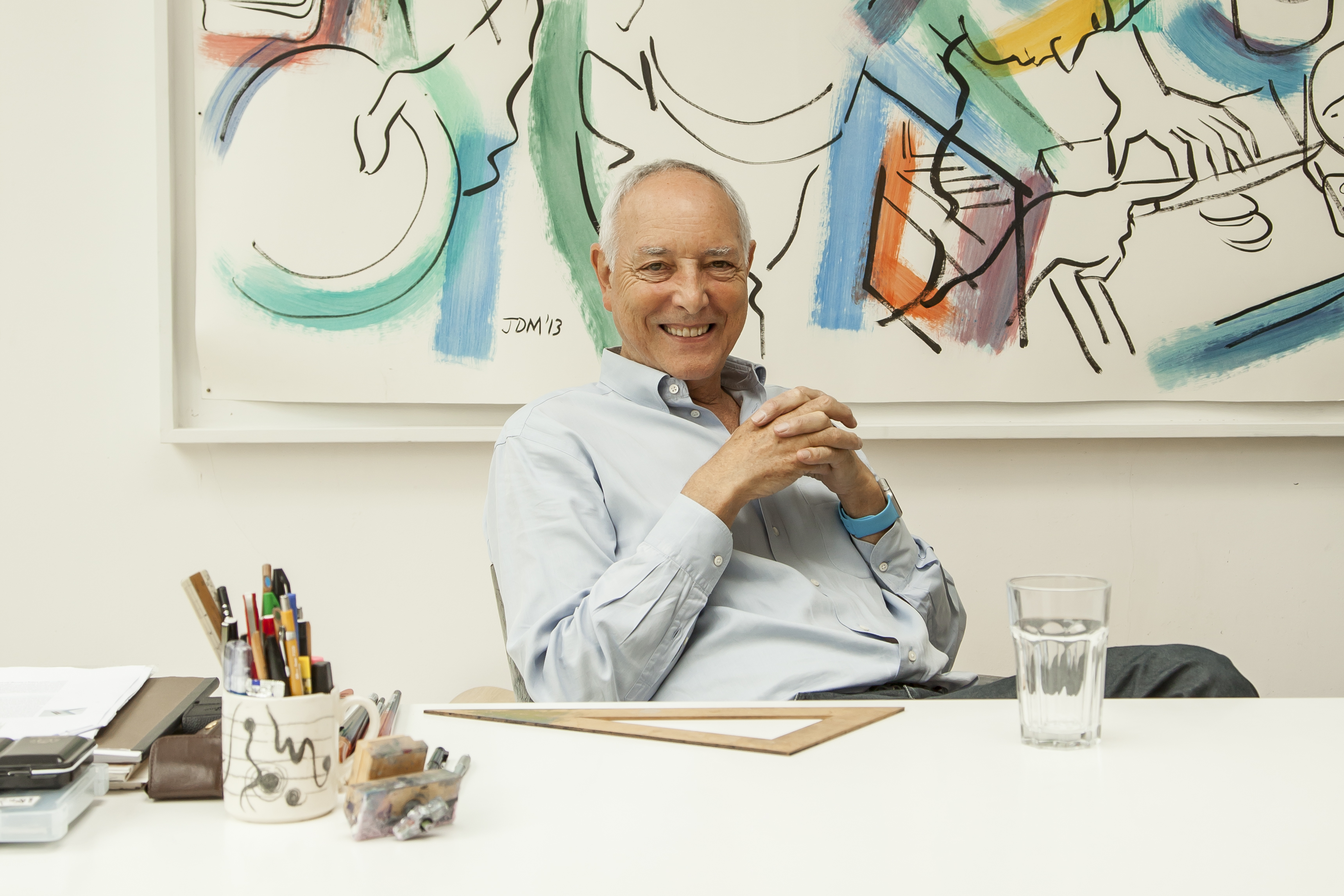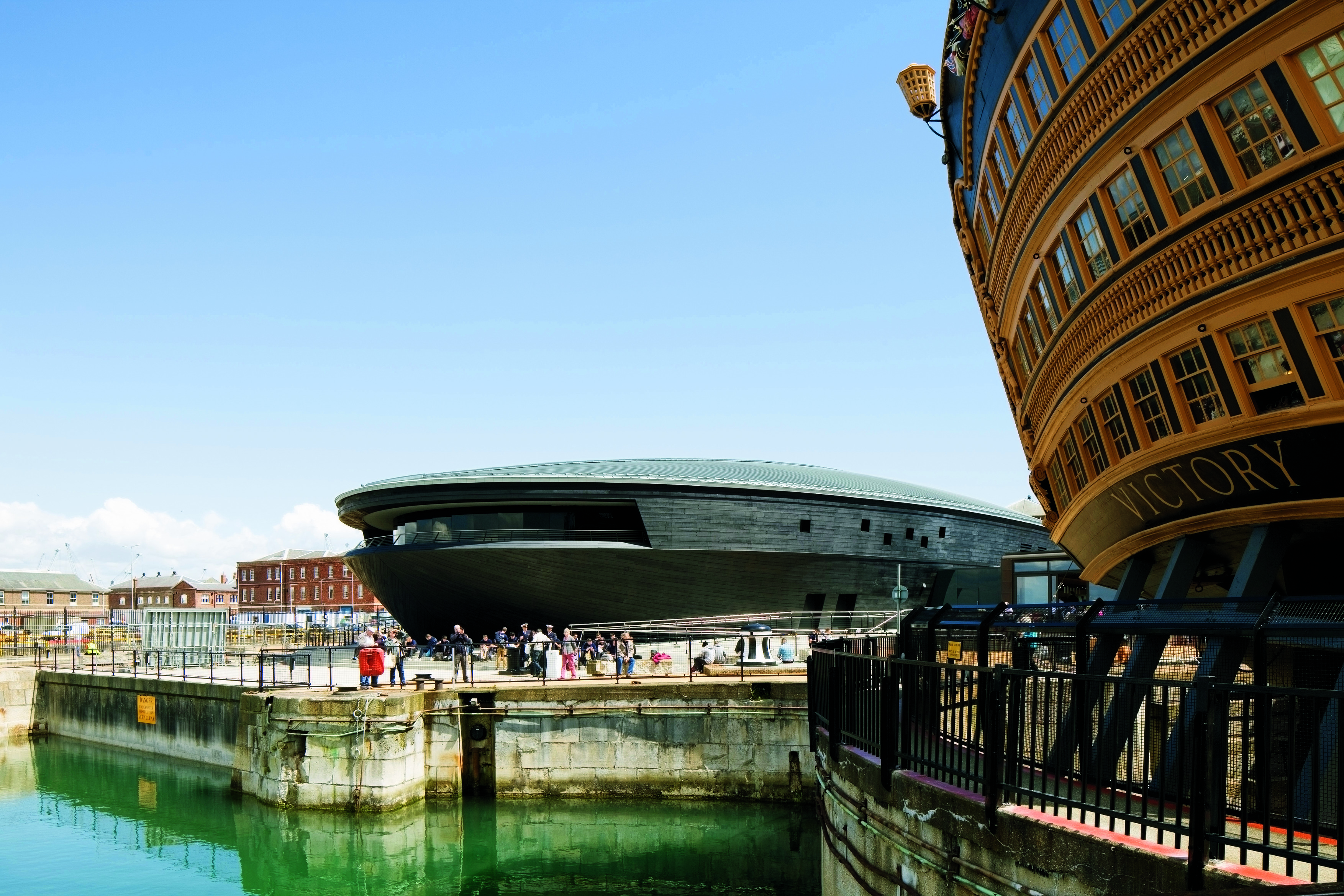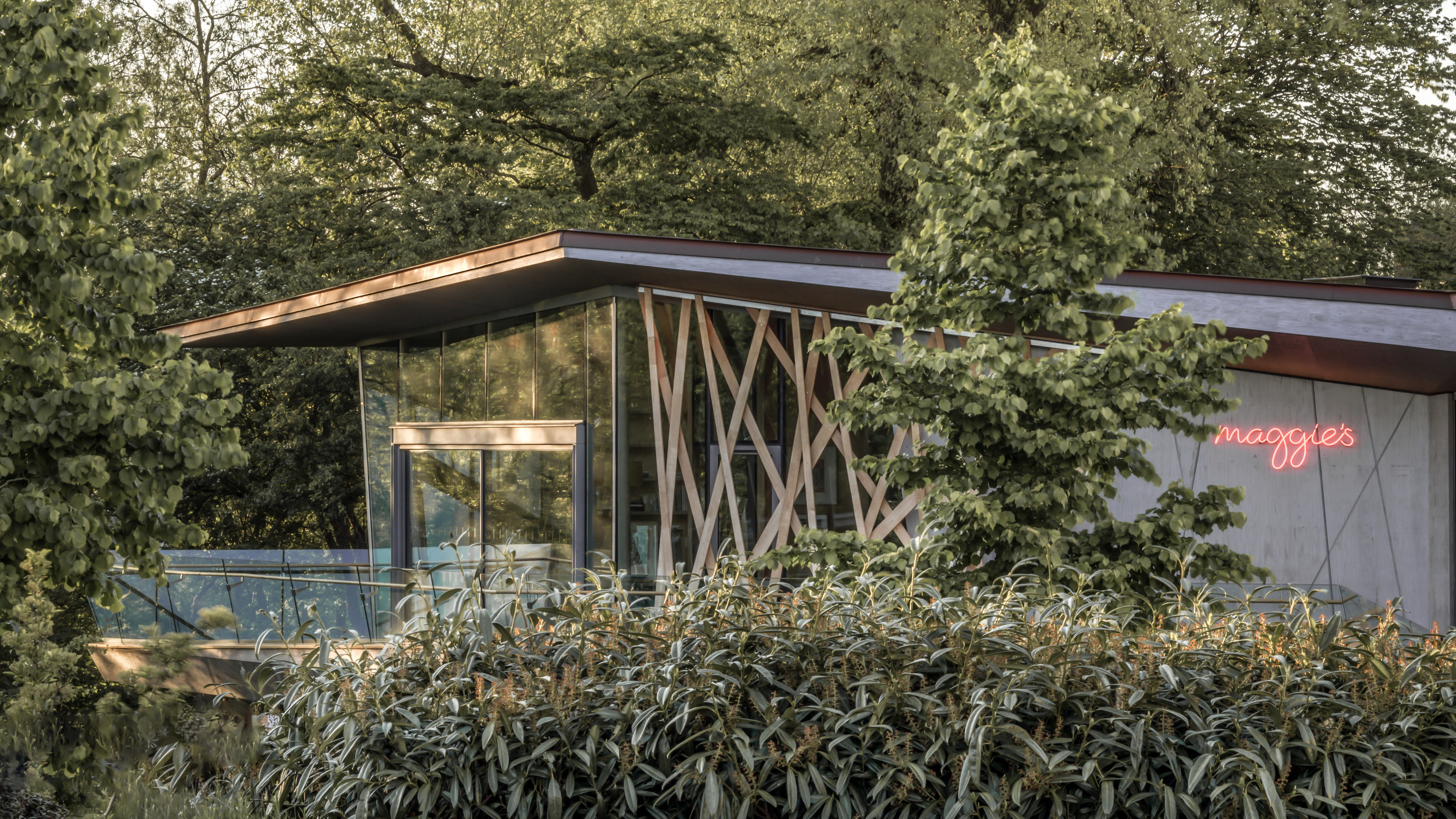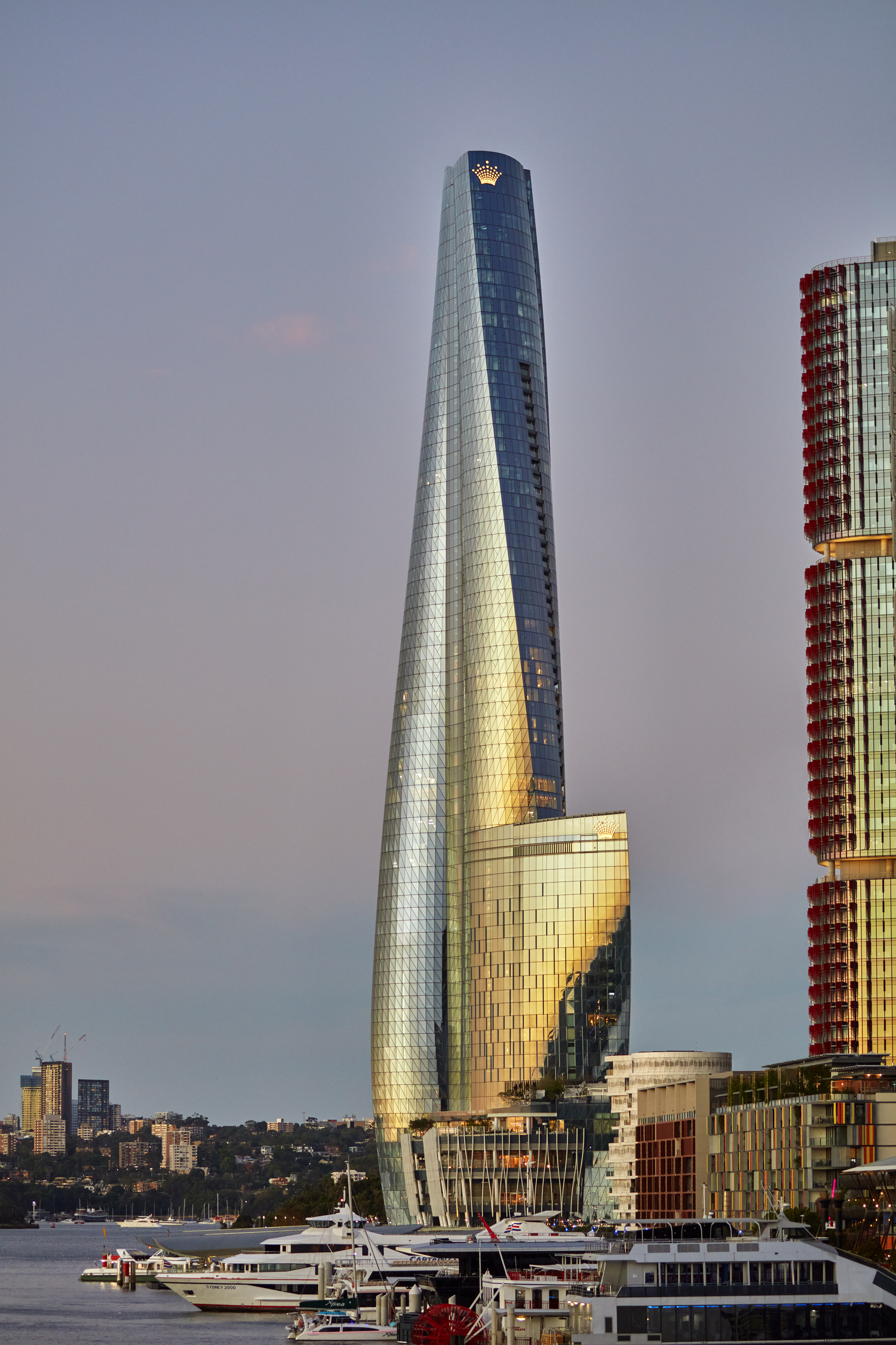In remembrance: Chris Wilkinson (1945 – 2021)
We remember British architect Chris Wilkinson of WilkinsonEyre, who has passed away at the age of 76

The British architect Chris Wilkinson has died at the age of 76. Wilkinson set up Chris Wilkinson Architects in 1983, changing the name of the practice to WilkinsonEyre in 1999 to acknowledge Jim Eyre’s partnership. Wilkinson began his career working for the architects who were changing the face of the industry. At the offices of Norman Foster, Richard Rogers, and Michael and Patty Hopkins, he gained an intuitive understanding of the increasingly important relationship between architectural design, structure, systems, and technology.
His studio grew in scale and ability until it was working on a global scale, with offices in London, Hong Kong and Sydney. His passions included both art and engineering, with the latter represented in a number of signature bridge designs around the world, including the Twin Sails Bridge in Poole, Derry’s Peace Bridge, the recently opened Lille Langebro bicycle bridge in Copenhagen and, most notably, the 2002 Stirling Prize-winning Gateshead Millennium Bridge over the Tyne (which came hot on the heels of WilkinsonEyre’s Magna Science Centre in Rotherham, which won the Stirling Prize in 2001).

Mary Rose Museum.
Another specialism was the ‘supershed’, the ability to give ultra large-span structures a grace and elegance that had been denied them since the Victorian era. WilkinsonEyre’s embrace of the power of structure was applied to a wide-ranging and diverse portfolio, from supertall skyscrapers in Australia, Canada and China (including the 440m tall Lubetkin Prize-winning Guangzhou International Finance Center) to new transport infrastructure designs. These included the modest reorganisation of Bath’s listed railway station, through to the mighty Skybridge at Gatwick Airport that takes passengers up above the taxiway. WilkinsonEyre also shaped the twisting steel ribbons that hold up London’s Emirates Cable Car, the massive new Jubilee Line station at Stratford, and the refurbished King’s Cross Gasholders.
WilkinsonEyre will continue to be one of the world’s most pre-eminent firms, capable of making complexity look easy, and simplicity appear rich and intricate. In Oxford, the firm built the Weston Library and a Maggie’s Centre, projects that seemingly stood in stark contrast to the massive cooled conservatories in Singapore’s Gardens by the Bay. By creating a practice culture that encourages creativity and curiosity, Chris Wilkinson was able to keep his own passions close to the work. Small projects were a chance to highlight his impeccable artistic eye, with drawing and painting being a key part of his practice throughout his career. Wilkinson was also a Royal Academician, and his 2015 exhibition at the Royal Academy delved into the sketchbooks that were always such a fundamental part of his design life.

Maggie’s Centre, Oxford.
The architect also had a long and fruitful association with the Dyson family. WilkinsonEyre designed the award-winning Dyson Institute of Engineering and Technology in Wiltshire, as well as numerous other structures for the company over the course of two decades. From the precise beauty of the Royal Ballet School’s Bridge of Aspiration in London’s Covent Garden, to the proposed art gallery for James and Deirdre Dyson, to the complex technical requirements of Portsmouth’s Mary Rose Museum or London’s Elizabeth Line stations, Chris Wilkinson brought a rare humanity and sense of art to architecture in all its forms.

One Barangaroo.
INFORMATION
Wallpaper* Newsletter
Receive our daily digest of inspiration, escapism and design stories from around the world direct to your inbox.
Jonathan Bell has written for Wallpaper* magazine since 1999, covering everything from architecture and transport design to books, tech and graphic design. He is now the magazine’s Transport and Technology Editor. Jonathan has written and edited 15 books, including Concept Car Design, 21st Century House, and The New Modern House. He is also the host of Wallpaper’s first podcast.
-
 All-In is the Paris-based label making full-force fashion for main character dressing
All-In is the Paris-based label making full-force fashion for main character dressingPart of our monthly Uprising series, Wallpaper* meets Benjamin Barron and Bror August Vestbø of All-In, the LVMH Prize-nominated label which bases its collections on a riotous cast of characters – real and imagined
By Orla Brennan
-
 Maserati joins forces with Giorgetti for a turbo-charged relationship
Maserati joins forces with Giorgetti for a turbo-charged relationshipAnnouncing their marriage during Milan Design Week, the brands unveiled a collection, a car and a long term commitment
By Hugo Macdonald
-
 Through an innovative new training program, Poltrona Frau aims to safeguard Italian craft
Through an innovative new training program, Poltrona Frau aims to safeguard Italian craftThe heritage furniture manufacturer is training a new generation of leather artisans
By Cristina Kiran Piotti
-
 A new London house delights in robust brutalist detailing and diffused light
A new London house delights in robust brutalist detailing and diffused lightLondon's House in a Walled Garden by Henley Halebrown was designed to dovetail in its historic context
By Jonathan Bell
-
 A Sussex beach house boldly reimagines its seaside typology
A Sussex beach house boldly reimagines its seaside typologyA bold and uncompromising Sussex beach house reconfigures the vernacular to maximise coastal views but maintain privacy
By Jonathan Bell
-
 This 19th-century Hampstead house has a raw concrete staircase at its heart
This 19th-century Hampstead house has a raw concrete staircase at its heartThis Hampstead house, designed by Pinzauer and titled Maresfield Gardens, is a London home blending new design and traditional details
By Tianna Williams
-
 An octogenarian’s north London home is bold with utilitarian authenticity
An octogenarian’s north London home is bold with utilitarian authenticityWoodbury residence is a north London home by Of Architecture, inspired by 20th-century design and rooted in functionality
By Tianna Williams
-
 What is DeafSpace and how can it enhance architecture for everyone?
What is DeafSpace and how can it enhance architecture for everyone?DeafSpace learnings can help create profoundly sense-centric architecture; why shouldn't groundbreaking designs also be inclusive?
By Teshome Douglas-Campbell
-
 The dream of the flat-pack home continues with this elegant modular cabin design from Koto
The dream of the flat-pack home continues with this elegant modular cabin design from KotoThe Niwa modular cabin series by UK-based Koto architects offers a range of elegant retreats, designed for easy installation and a variety of uses
By Jonathan Bell
-
 Remembering architect David M Childs (1941-2025) and his New York skyline legacy
Remembering architect David M Childs (1941-2025) and his New York skyline legacyDavid M Childs, a former chairman of architectural powerhouse SOM, has passed away. We celebrate his professional achievements
By Jonathan Bell
-
 Are Derwent London's new lounges the future of workspace?
Are Derwent London's new lounges the future of workspace?Property developer Derwent London’s new lounges – created for tenants of its offices – work harder to promote community and connection for their users
By Emily Wright